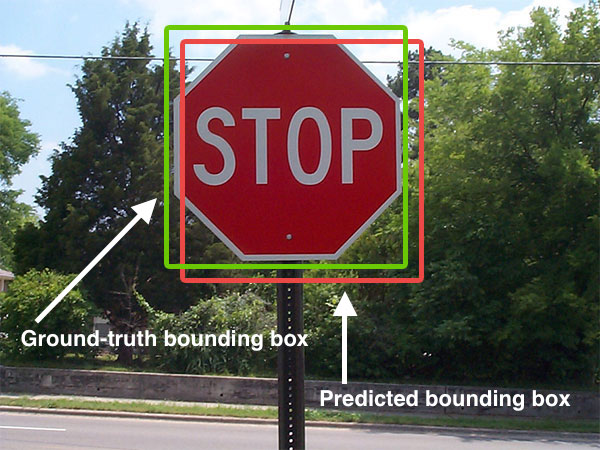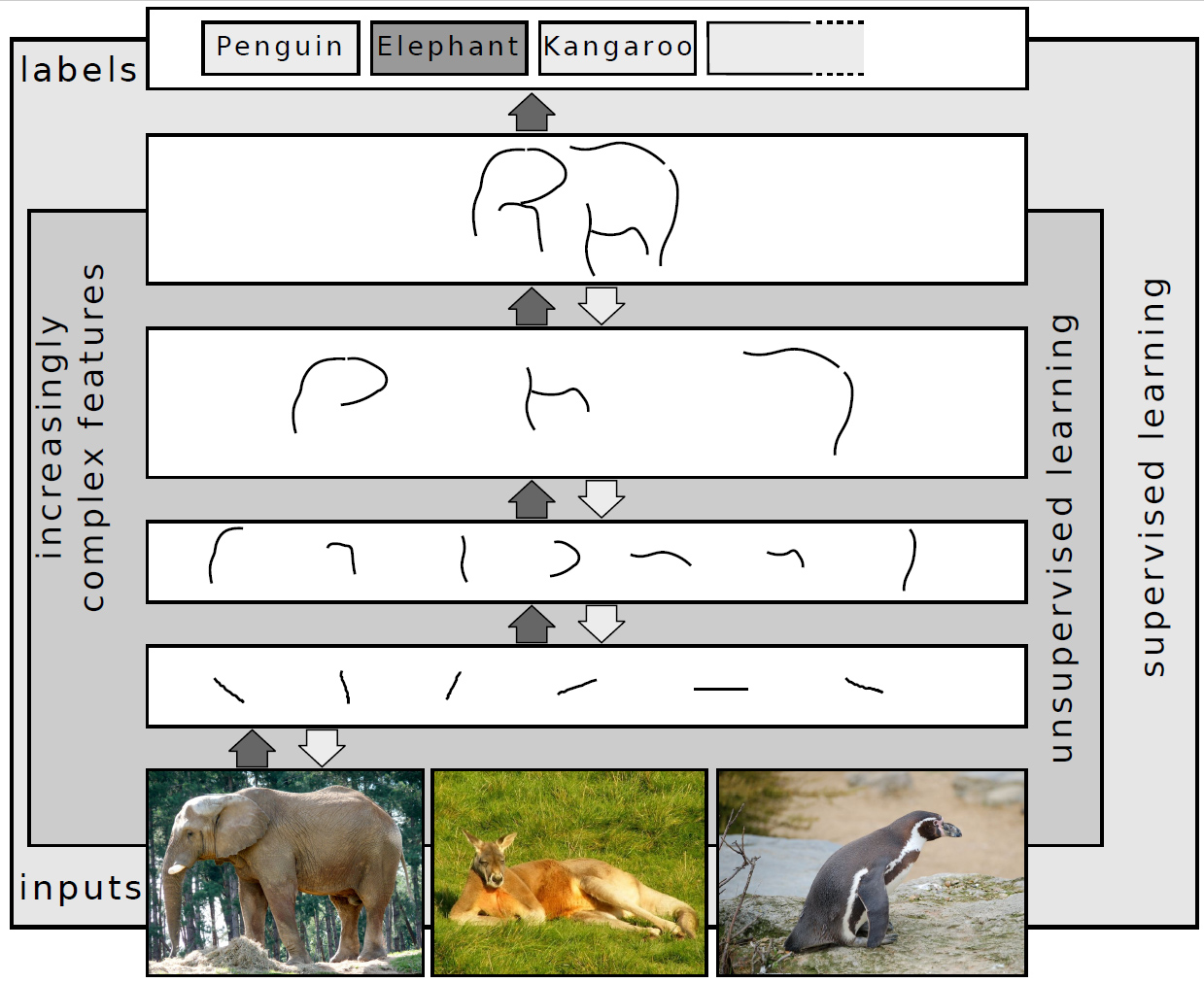|
Movidius
Movidius Ltd. was a company based in San Mateo, California, that designed low-power processor chips for computer vision. The company was acquired by Intel in September 2016, who continues to sell the company's products under the Movidius line. Company history Movidius was co-founded in 2005 by Sean Mitchell, David Moloney, and Val Muresan in Dublin, Ireland. Between 2006 and 2016, it raised nearly $90 million in capital funding. In May 2013, the company appointed Remi El-Ouazzane as CEO. In January 2016, the company announced a partnership with Google. Movidius has been active in Google's Project Tango, and in September 2016 it was announced that Intel planned to acquire the company. Products Myriad 2 The company's Myriad 2 chip is a manycore vision processing unit that can function on power-constrained devices. The ''Fathom'' is a USB stick containing a Myriad 2 processor, allowing a vision accelerator to be added to devices using ARM processors including PCs, drone ... [...More Info...] [...Related Items...] OR: [Wikipedia] [Google] [Baidu] |
Remi El-Ouazzane
Remi El-Ouazzane (born June 4, 1973) is a French businessman and embedded systems engineer who has led various initiatives in mobile computing, machine vision and embedded artificial intelligence. El-Ouazzane is STMicroelectronics (ST) President, Microcontrollers and Digital ICs Group and has held this position since January 1, 2022. He is a member of ST's executive committee. Early life and education El-Ouazzane was born in Neuilly-sur-Seine, France on June 4, 1973. He was born to a Tunisian (Tozeur) father and a French (Avallon) mother. El-Ouazzane grew up with three brothers in Épinay-sur-Seine, a suburb of Paris. In 1996, he obtained a master's degree in semiconductor physics engineering from Grenoble Institute of Technology. The following year, El-Ouazzane graduated in economics and finance from the Grenoble Institute of Political Studies. In 2004, he completed Harvard Business School’s General Management (GMP) program. El-Ouazzane lives in Silicon Valley with his wife and ... [...More Info...] [...Related Items...] OR: [Wikipedia] [Google] [Baidu] |
Vision Processing Unit
A vision processing unit (VPU) is (as of 2023) an emerging class of microprocessor; it is a specific type of AI accelerator, designed to accelerate machine vision tasks. Overview Vision processing units are distinct from graphics processing units (which are specialised for video encoding and decoding) in their suitability for running machine vision algorithms such as CNN (convolutional neural networks), SIFT (scale-invariant feature transform) and similar. They may include direct interfaces to take data from cameras (bypassing any off chip buffers), and have a greater emphasis on on-chip dataflow between many parallel execution units with scratchpad memory, like a manycore DSP. But, like video processing units, they may have a focus on low precision fixed point arithmetic for image processing. Contrast with GPUs They are distinct from GPUs, which contain specialised hardware for rasterization and texture mapping (for 3D graphics), and whose memory architecture is o ... [...More Info...] [...Related Items...] OR: [Wikipedia] [Google] [Baidu] |
Intel
Intel Corporation is an American multinational corporation and technology company headquartered in Santa Clara, California, and Delaware General Corporation Law, incorporated in Delaware. Intel designs, manufactures, and sells computer components such as central processing units (CPUs) and related products for business and consumer markets. It is one of the world's List of largest semiconductor chip manufacturers, largest semiconductor chip manufacturers by revenue, and ranked in the Fortune 500, ''Fortune'' 500 list of the List of largest companies in the United States by revenue, largest United States corporations by revenue for nearly a decade, from 2007 to 2016 Fiscal year, fiscal years, until it was removed from the ranking in 2018. In 2020, it was reinstated and ranked 45th, being the List of Fortune 500 computer software and information companies, 7th-largest technology company in the ranking. It was one of the first companies listed on Nasdaq. Intel supplies List of I ... [...More Info...] [...Related Items...] OR: [Wikipedia] [Google] [Baidu] |
Project Tango
Tango (named Project Tango while in testing) was an augmented reality computing platform, developed and authored by the Advanced Technology and Projects (ATAP), a skunkworks division of Google. It used computer vision to enable mobile devices, such as smartphones and tablets, to detect their position relative to the world around them without using GPS or other external signals. This allowed application developers to create user experiences that include indoor navigation, 3D mapping, physical space measurement, environmental recognition, augmented reality, and windows into a virtual world. The first product to emerge from ATAP, Tango was developed by a team led by computer scientist Johnny Lee, a core contributor to Microsoft's Kinect. In an interview in June 2015, Lee said, "We're developing the hardware and software technologies to help everything and everyone understand precisely where they are, anywhere." Google produced two devices to demonstrate the Tango technology: t ... [...More Info...] [...Related Items...] OR: [Wikipedia] [Google] [Baidu] |
Computer Vision
Computer vision tasks include methods for image sensor, acquiring, Image processing, processing, Image analysis, analyzing, and understanding digital images, and extraction of high-dimensional data from the real world in order to produce numerical or symbolic information, e.g. in the form of decisions. "Understanding" in this context signifies the transformation of visual images (the input to the retina) into descriptions of the world that make sense to thought processes and can elicit appropriate action. This image understanding can be seen as the disentangling of symbolic information from image data using models constructed with the aid of geometry, physics, statistics, and learning theory. The scientific discipline of computer vision is concerned with the theory behind artificial systems that extract information from images. Image data can take many forms, such as video sequences, views from multiple cameras, multi-dimensional data from a 3D scanning, 3D scanner, 3D point clouds ... [...More Info...] [...Related Items...] OR: [Wikipedia] [Google] [Baidu] |
Manycore Processor
Manycore processors are special kinds of multi-core processors designed for a high degree of parallel processing, containing numerous simpler, independent processor cores (from a few tens of cores to thousands or more). Manycore processors are used extensively in embedded computers and high-performance computing. Contrast with multicore architecture Manycore processors are distinct from multi-core processors in being optimized from the outset for a higher degree of explicit parallelism, and for higher throughput (or lower power consumption) at the expense of latency and lower single-thread performance. The broader category of multi-core processors, by contrast, are usually designed to efficiently run ''both'' parallel ''and'' serial code, and therefore place more emphasis on high single-thread performance (e.g. devoting more silicon to out-of-order execution, deeper pipelines, more superscalar execution units, and larger, more general caches), and shared memory. These techn ... [...More Info...] [...Related Items...] OR: [Wikipedia] [Google] [Baidu] |
Video Surveillance
Closed-circuit television (CCTV), also known as video surveillance, is the use of closed-circuit television cameras to transmit a signal to a specific place on a limited set of monitors. It differs from broadcast television in that the signal is not openly transmitted, though it may employ point-to-point, point-to-multipoint (P2MP), or mesh wired or wireless links. Even though almost all video cameras fit this definition, the term is most often applied to those used for surveillance in areas that require additional security or ongoing monitoring (videotelephony is seldom called "CCTV"). The deployment of this technology has facilitated significant growth in state surveillance, a substantial rise in the methods of advanced social monitoring and control, and a host of crime prevention measures throughout the world. Though surveillance of the public using CCTV is common in many areas around the world, video surveillance has generated significant debate about balancing its use w ... [...More Info...] [...Related Items...] OR: [Wikipedia] [Google] [Baidu] |
FLOPS
Floating point operations per second (FLOPS, flops or flop/s) is a measure of computer performance in computing, useful in fields of scientific computations that require floating-point calculations. For such cases, it is a more accurate measure than measuring instructions per second. Floating-point arithmetic Floating-point arithmetic is needed for very large or very small real numbers, or computations that require a large dynamic range. Floating-point representation is similar to scientific notation, except computers use base two (with rare exceptions), rather than base ten. The encoding scheme stores the sign, the exponent (in base two for Cray and VAX, base two or ten for IEEE floating point formats, and base 16 for IBM Floating Point Architecture) and the significand (number after the radix point). While several similar formats are in use, the most common is ANSI/IEEE Std. 754-1985. This standard defines the format for 32-bit numbers called ''single precision'', a ... [...More Info...] [...Related Items...] OR: [Wikipedia] [Google] [Baidu] |
Deep Learning
Deep learning is a subset of machine learning that focuses on utilizing multilayered neural networks to perform tasks such as classification, regression, and representation learning. The field takes inspiration from biological neuroscience and is centered around stacking artificial neurons into layers and "training" them to process data. The adjective "deep" refers to the use of multiple layers (ranging from three to several hundred or thousands) in the network. Methods used can be either supervised, semi-supervised or unsupervised. Some common deep learning network architectures include fully connected networks, deep belief networks, recurrent neural networks, convolutional neural networks, generative adversarial networks, transformers, and neural radiance fields. These architectures have been applied to fields including computer vision, speech recognition, natural language processing, machine translation, bioinformatics, drug design, medical image analysis, c ... [...More Info...] [...Related Items...] OR: [Wikipedia] [Google] [Baidu] |




